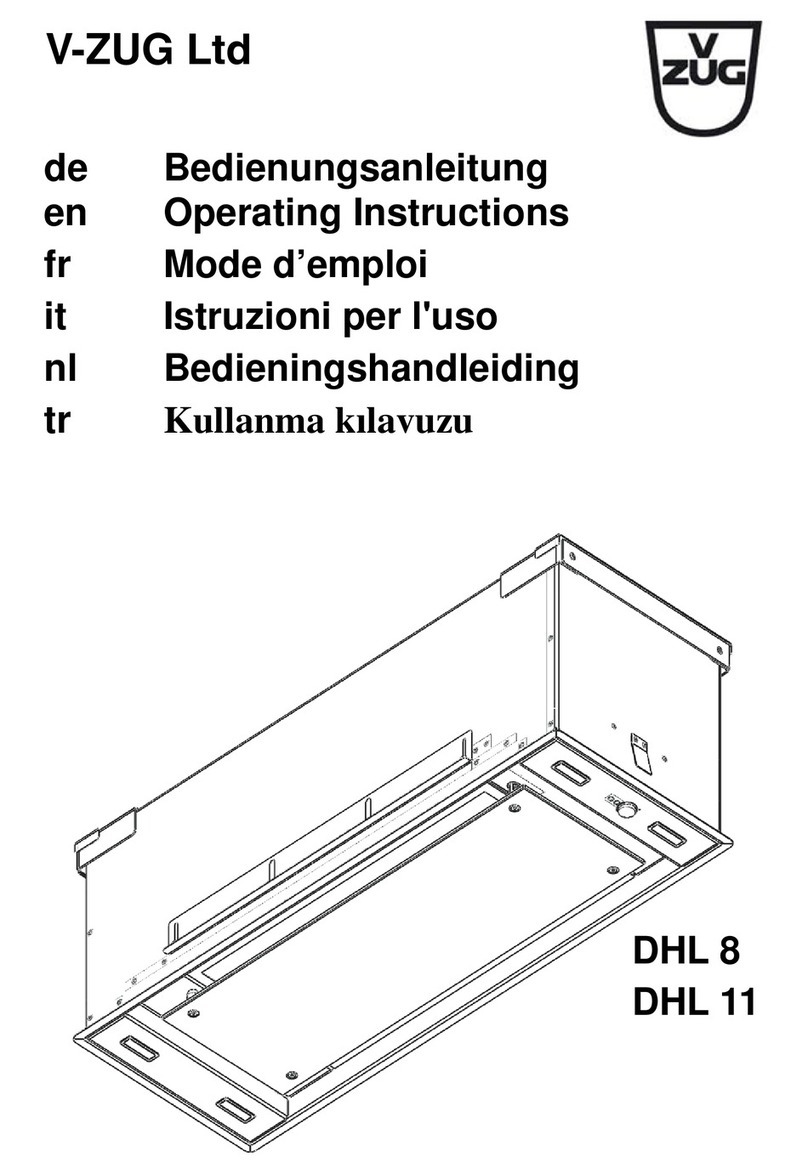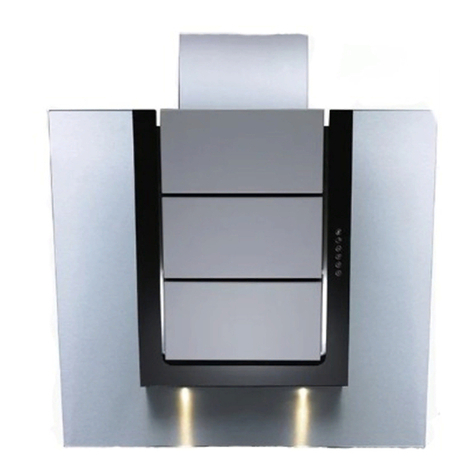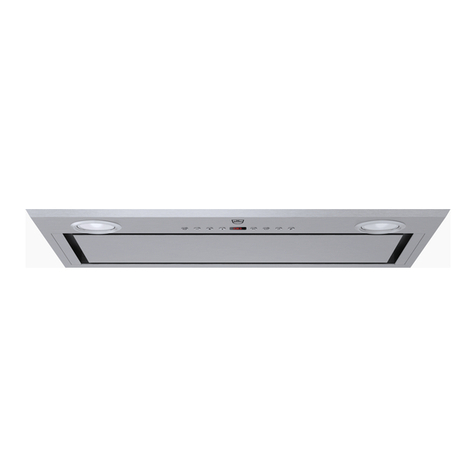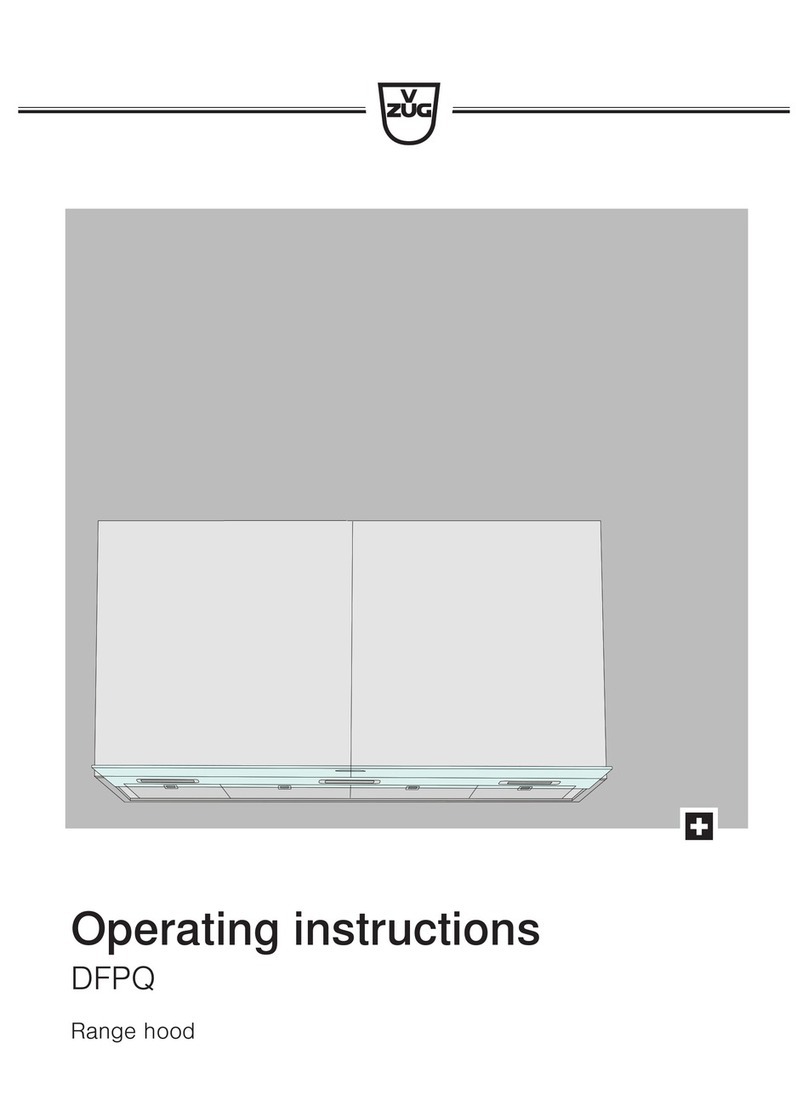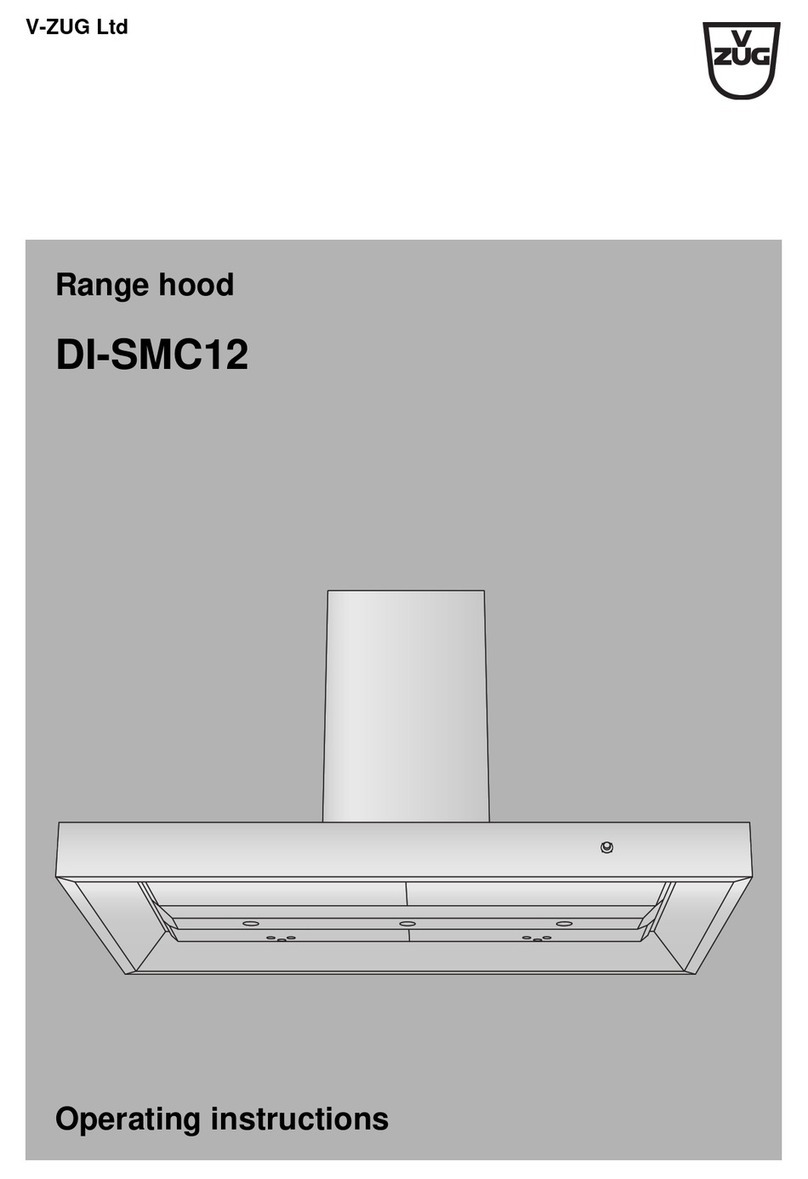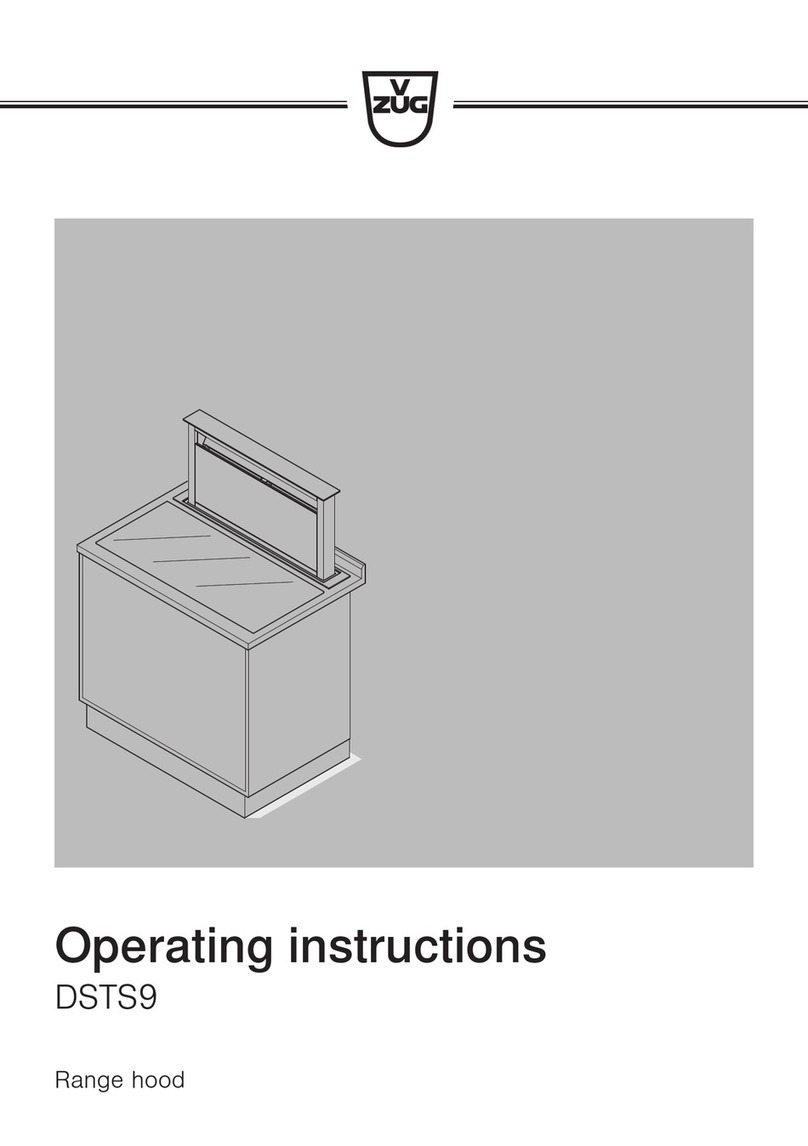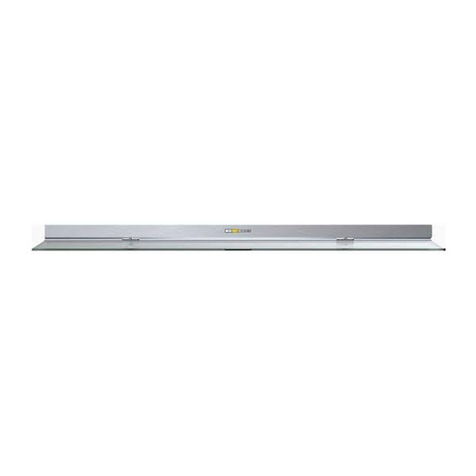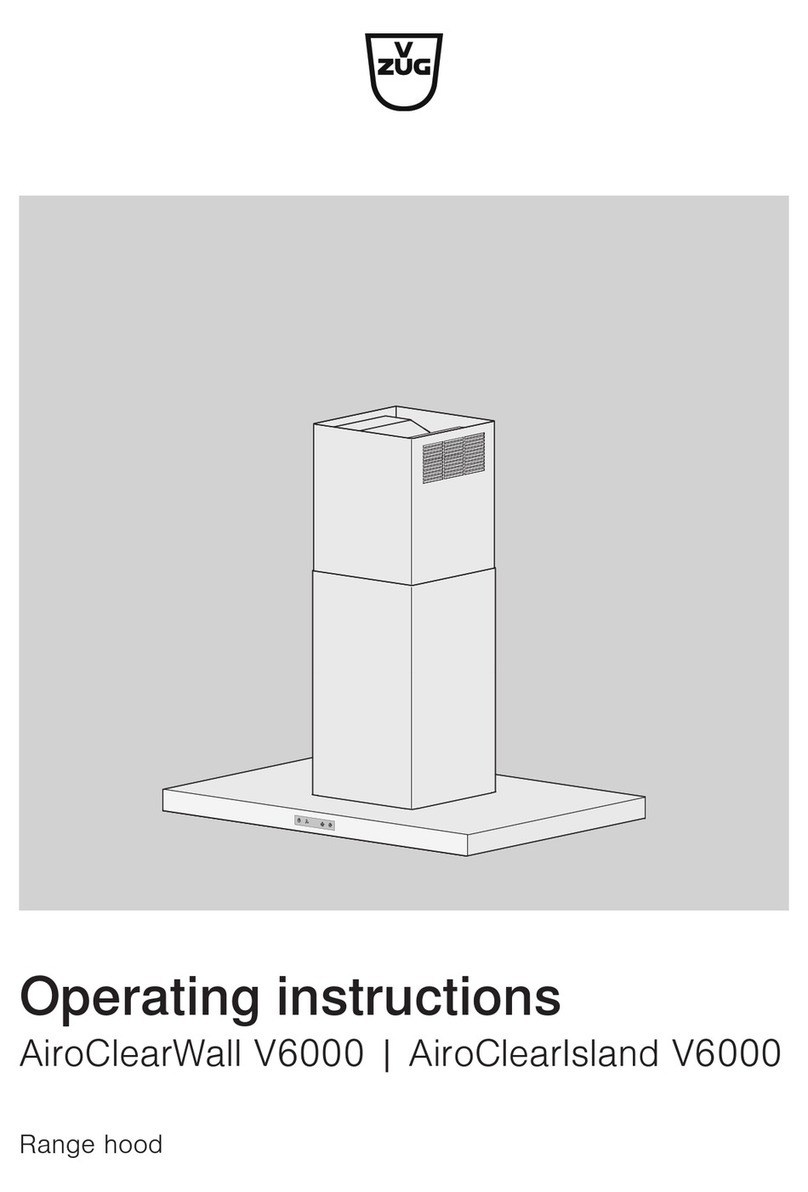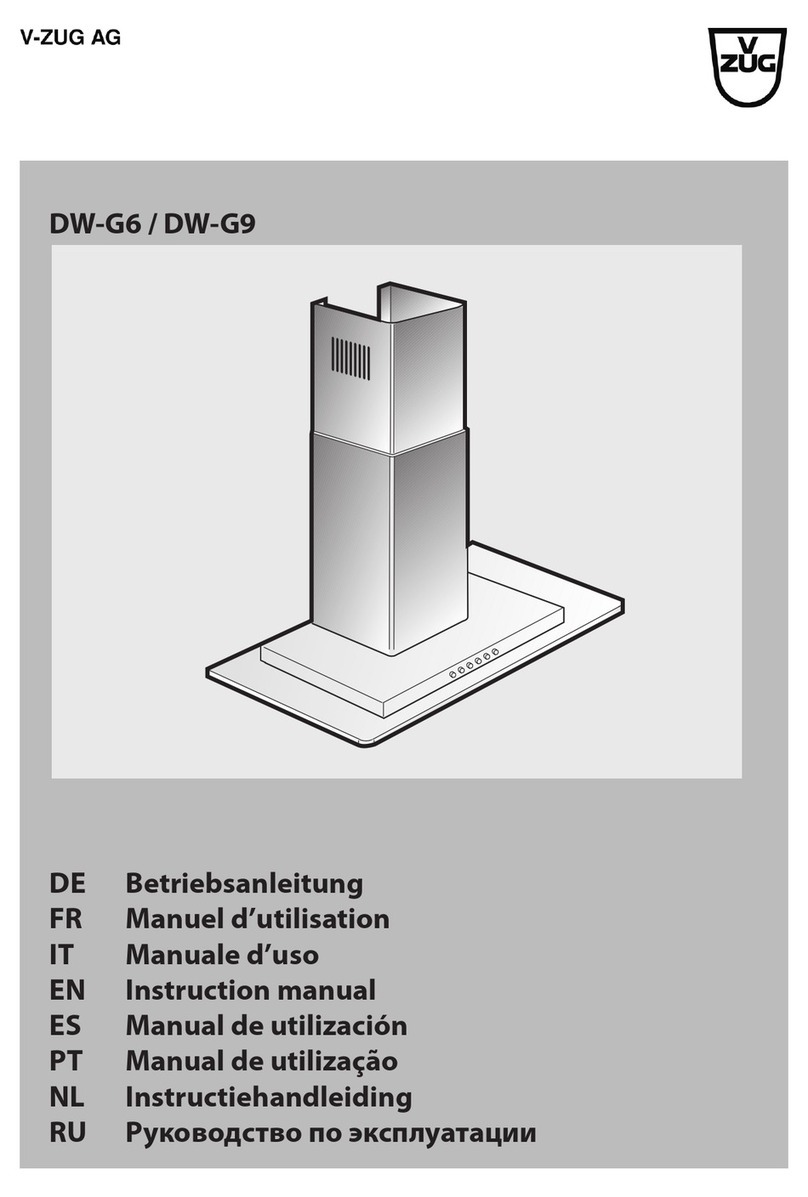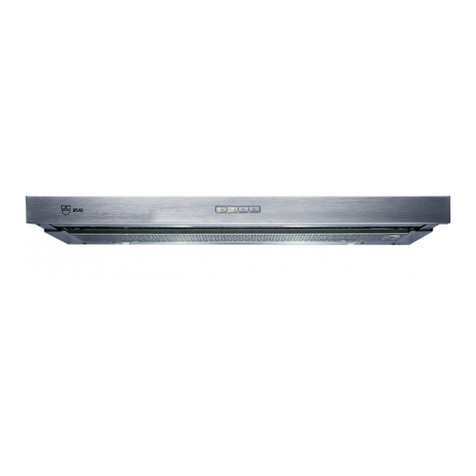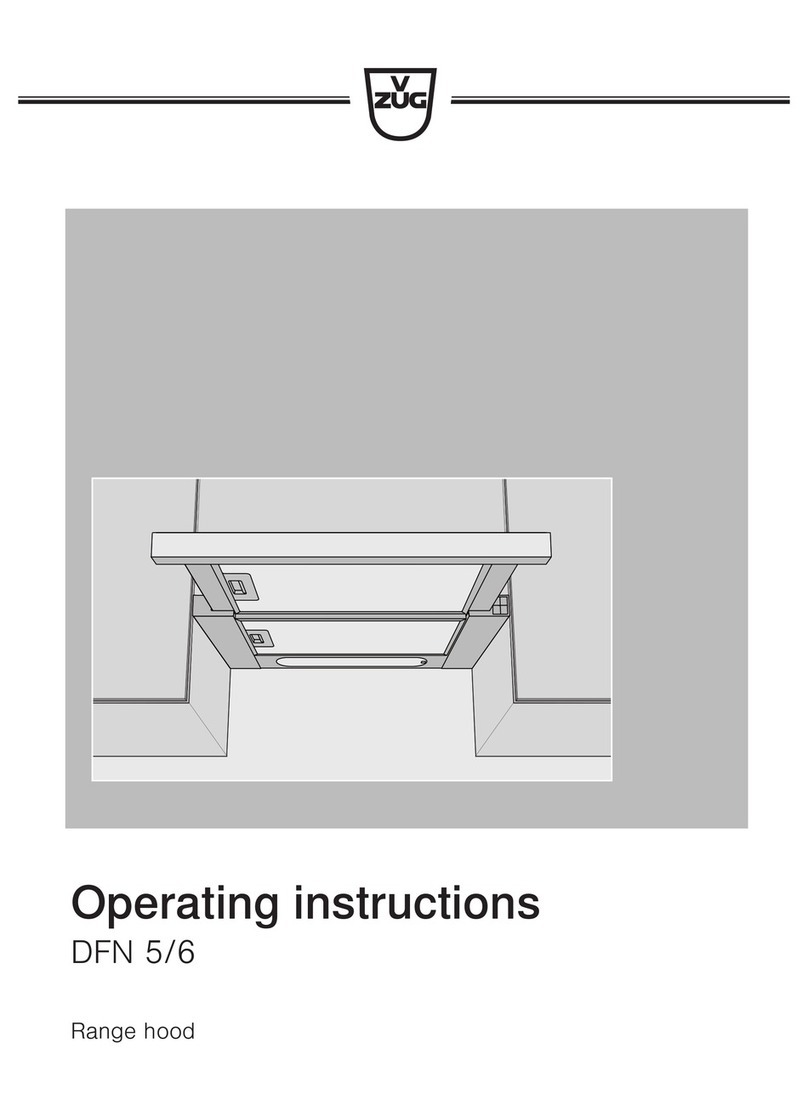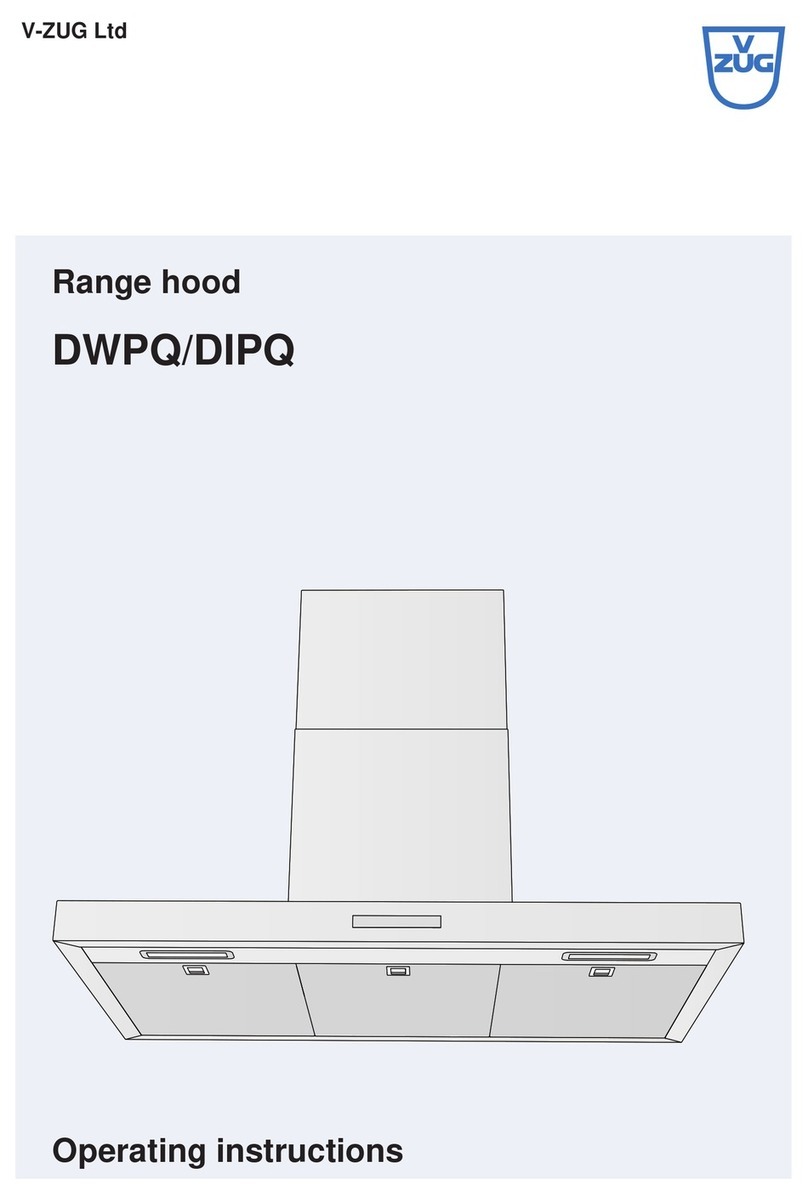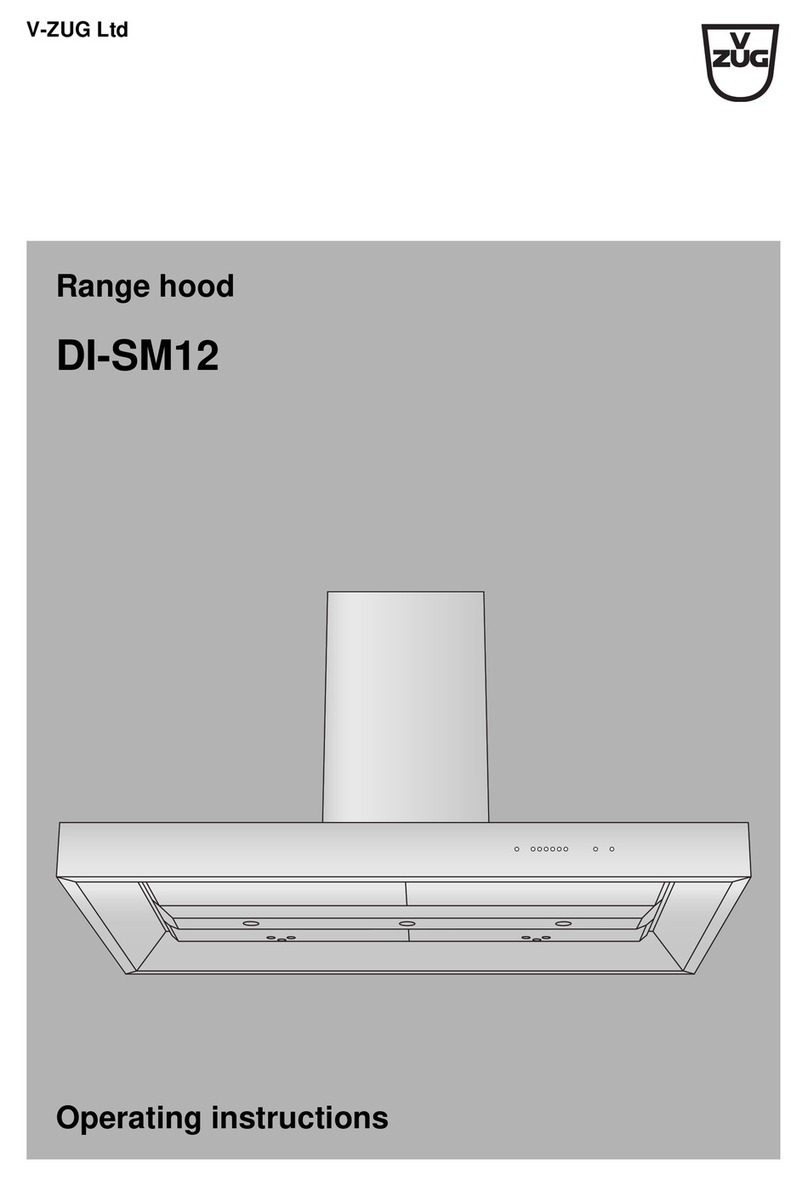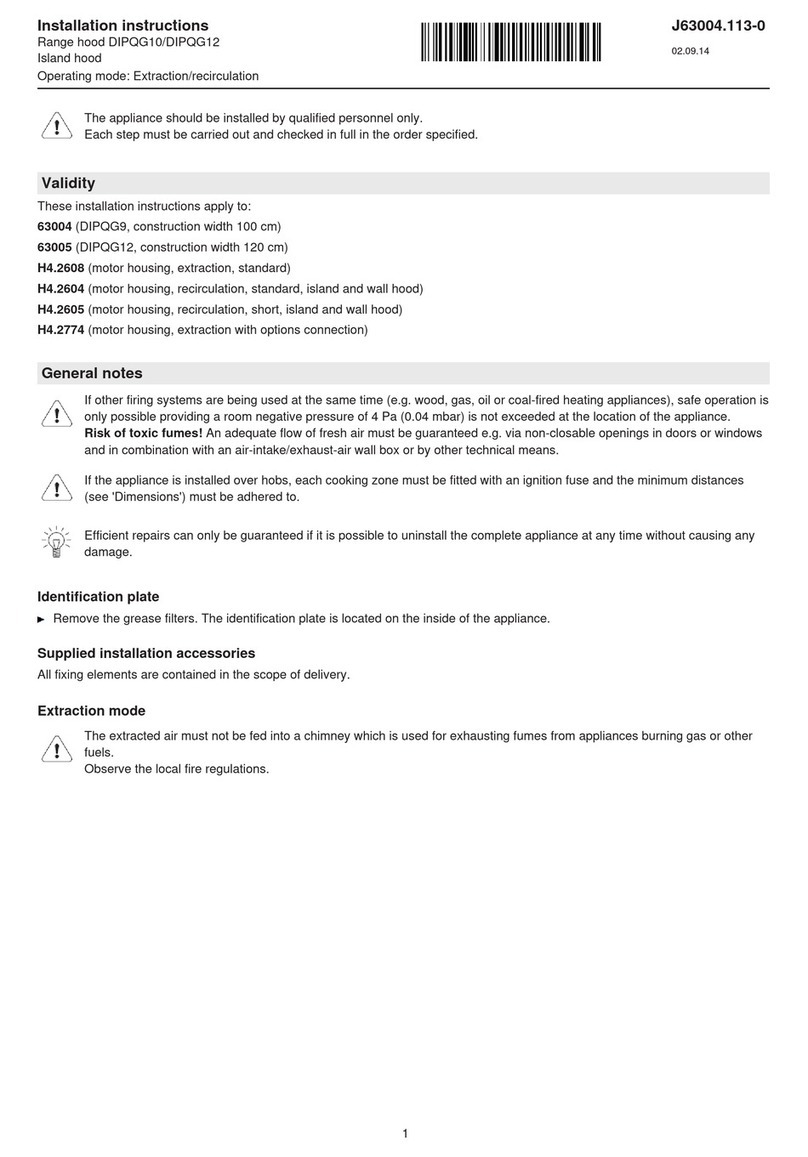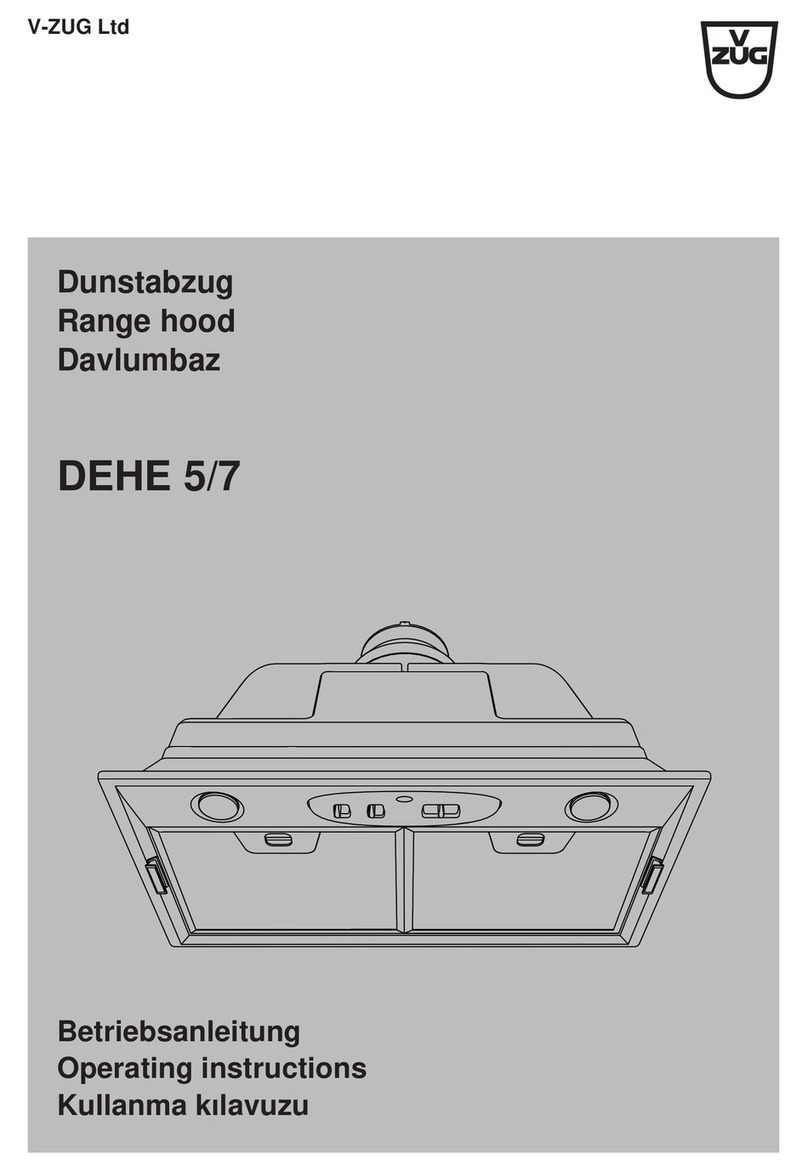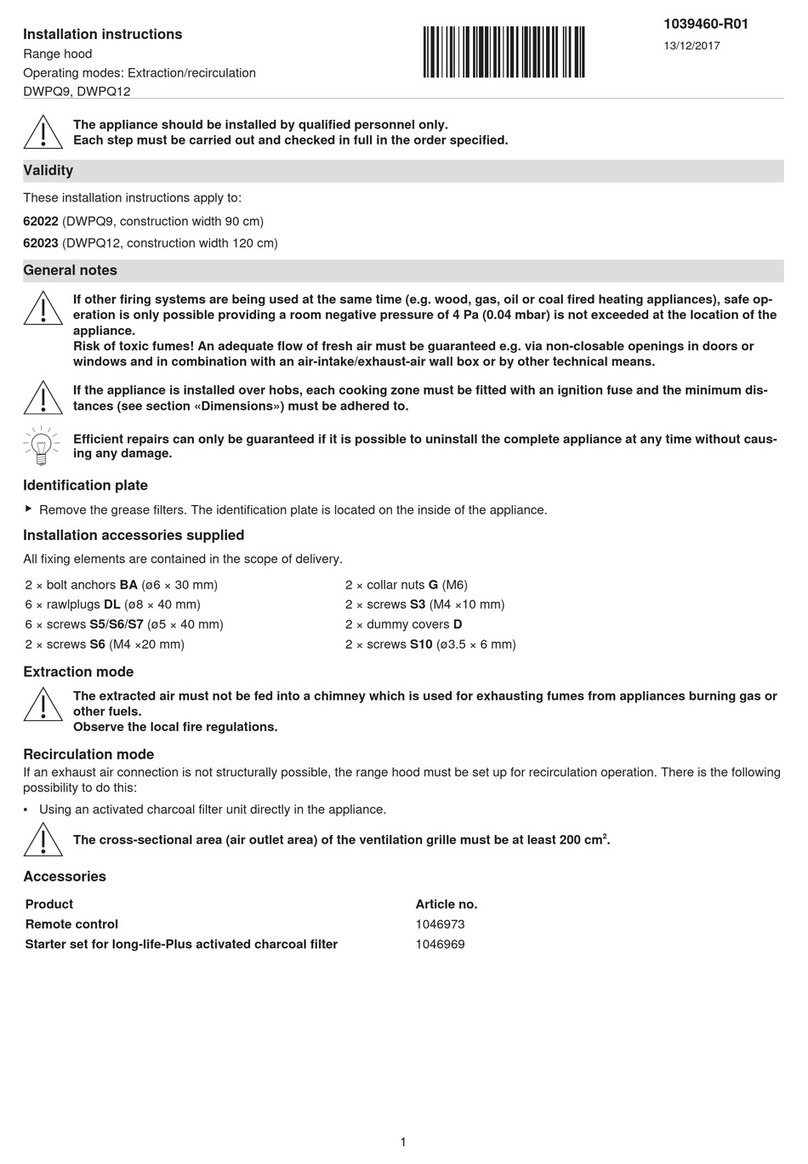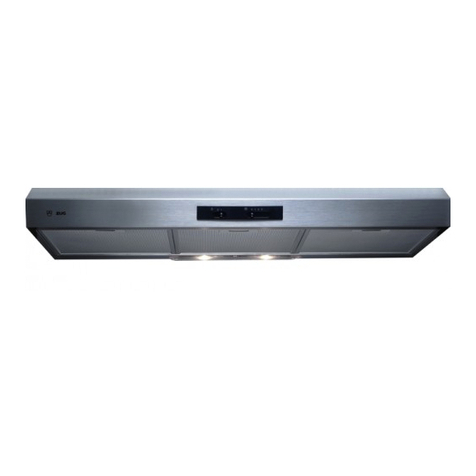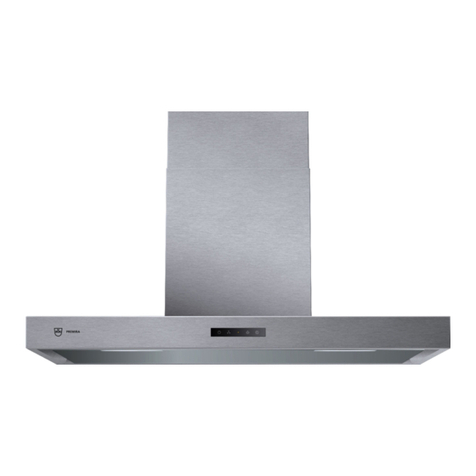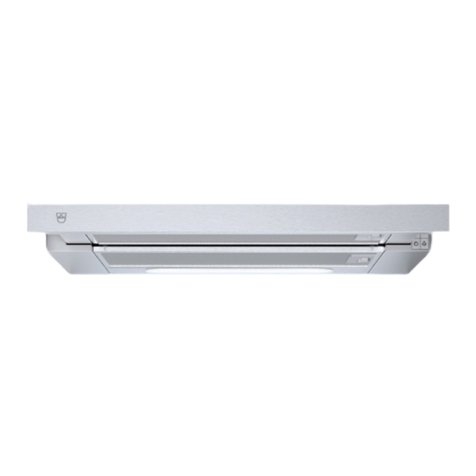1.2 General safety precautions
The appliance corresponds to recognized technology standards and
the relevant safety regulations. However, proper use of the appli-
ance is essential to avoid damage and accidents. Please therefore
follow the precautions given in these operating instructions.
In accordance with the requirements of IEC 60335-1:
•This appliance is not intended for use by persons (including children) with
reduced physical, sensory or mental capabilities, or lack of experience and
knowledge, unless supervised or unless they have been given instruction
concerning the use of the appliance by a person responsible for their
safety.
1.3 Before using for the first time
•The appliance must be installed and connected to the electricity supply in
accordance with the separate installation instructions. Have a qualified fitter/
electrician carry out the necessary work.
•Dispose of the packaging material in accordance with local regulations.
1.4 Correct use
•The appliance is designed for use in the home for extracting cooking
odours from above a cooking area.
•Any repairs, modifications or manipulations to the appliance, especially any
electrically live parts, may only be carried out by the manufacturer, its
Customer Services or a similarly qualified person. Repairs if carried out
incorrectly could cause serious injury or damage to the appliance and
fittings as well as affect the functioning of the appliance. If the appliance is
not working properly or in case of a repair order, follow the instructions
given in the 'Repair service' section. If necessary, please contact our
Customer Services.
•Use original spare parts only.
•Retain these operating instructions for future reference. If you sell the appli-
ance or pass it on to a third party, please ensure these operating instruc-
tions accompany the appliance, together with the instructions on installation.
In this way, the new owner can inform themselves about how to use the
appliance correctly and read the pertinent safety precautions.
1 Safety precautions
6

